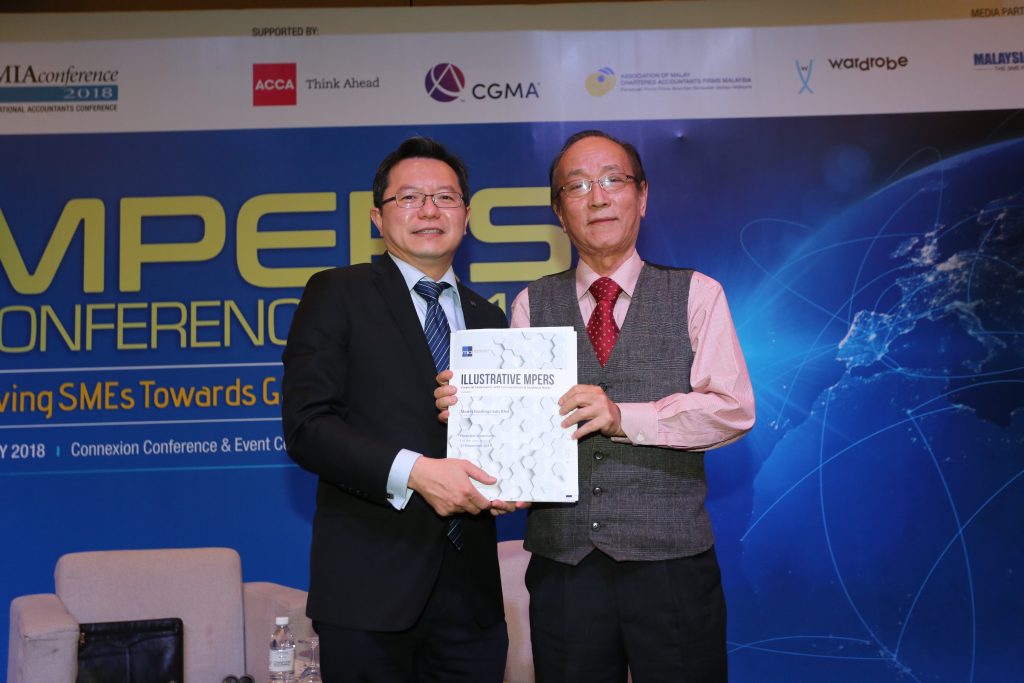By Nithea Nadarajah
MIA recently released the second edition of the Illustrative MPERS Financial Statements, which is thicker than the first edition by 100 pages and features the recent amendments and improvements to MPERS, the new accounting and reporting requirements introduced under the Companies Act 2016 (CA2016) as well as commentaries, guidance notes and additional illustrations.
In an interview session moderated by Simon Tay Pit Eu, Executive Director of Professional Practices & Technical, MIA, author and academician Tan Liong Tong highlighted the key changes and updates that are explained in detail in the second edition.
“One of the most significant updates to MPERS is the clarification on the application of the undue cost or effort exemption by a company which seeks to exempt itself from conforming to the fair value measurement principle for some assets, such as investment property, biological assets and equity investments. This amendment allows a qualitative – not quantitative – assessment to be made to decide whether the cost (or effort) of valuing an asset would exceed its benefit to users of financial statements. This allows management to make a judgement call to use the fair value method if the fair value can be measured reliably without undue cost or effort, otherwise if the exemption if availed, the cost method if applied in a valuation exercise.”
Another significant aspect covered in the second edition relates to financial guarantee contracts; a form of financial liability which does not satisfy the general conditions under Section 11 (Basic Financial Instrument) of MPERS. Instead, to conform with best practice principles, it would be accounted for in accordance with the provisions under Section 12 (Other Financial Instruments Issues) and measured at fair value through profit or lost at each reporting date.

He predicted practical difficulties in measuring the fair value of financial guarantees especially when assessing and tracking the underlying borrower’s risk of default and other credit risk related information. “It is hoped that in the future, the requirements under MPERS will be amended to be in tandem with the provisions covered under the Malaysian Financial Reporting Standards (MFRS), which do not require financial guarantees to be fair valued.”
CA2016
The second edition also covers the new accounting and reporting requirements under the CA2016, including amongst others: solvency requirements, changes in share capital, the treatment of different types of shares, as well as accounting procedures and clarifications provided to ease the transition from the previous par value regime to the current no par value regime.
Tan highlighted key discrepancies between the CA2016 and the MPERS. “Under the CA2016, all types of shares are classified as share capital and accorded the same treatment, unlike the principles outlined in the MPERS, where substance takes precedence over form. Therefore, certain classes of shares such as redeemable preference shares fall within the ambit of share capital under the CA2016 but meet the definition of a financial liability under the MPERS and would be presented as liabilities in a company’s financial statements. But when these preference shares are redeemed, the legal requirement applicable to shares under the CA2016 will have to be complied with.”
In conclusion, Tan advised that accountants and practitioners use the MPERS Illustrative Guide as a point of reference and guide to further understand the application of the MPERS. “Don’t just regurgitate its contents but apply good judgement along with the knowledge obtained from this book during any decision-making exercise.”







